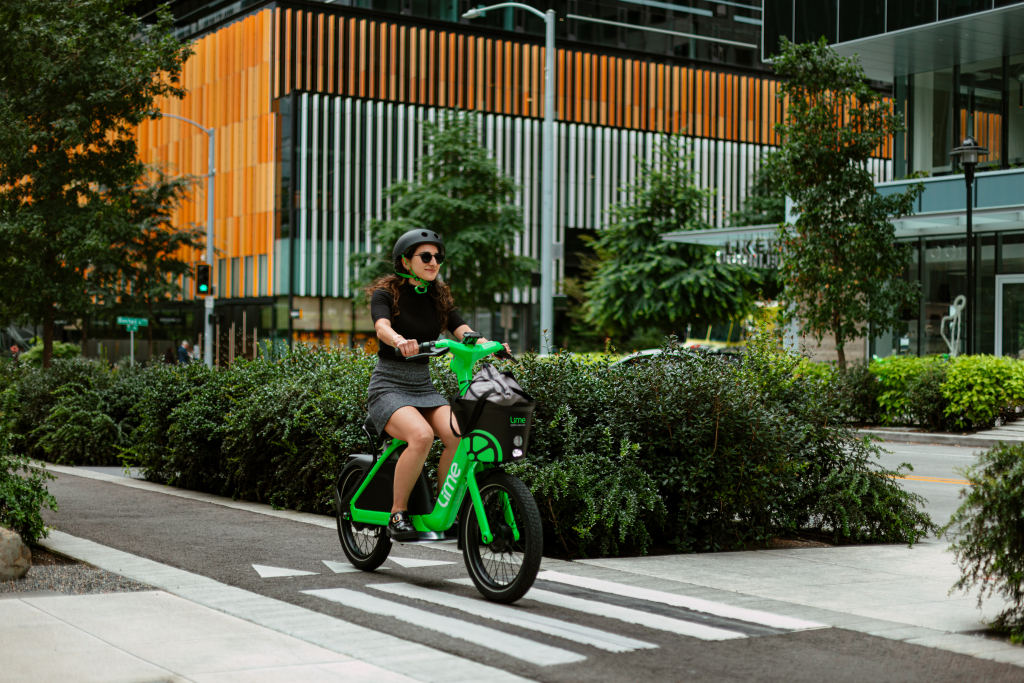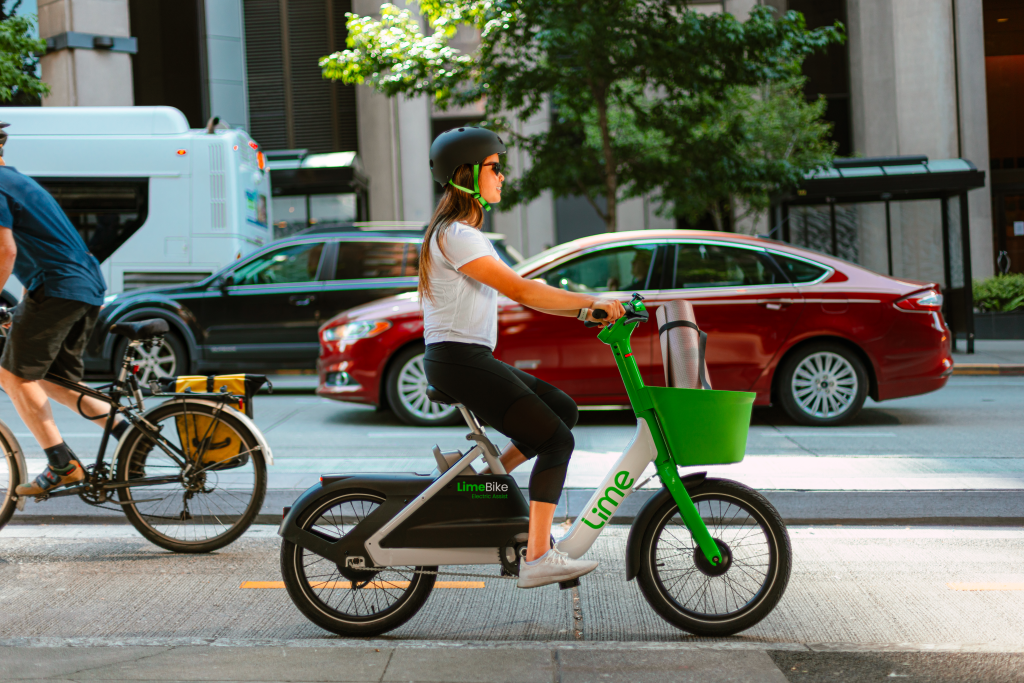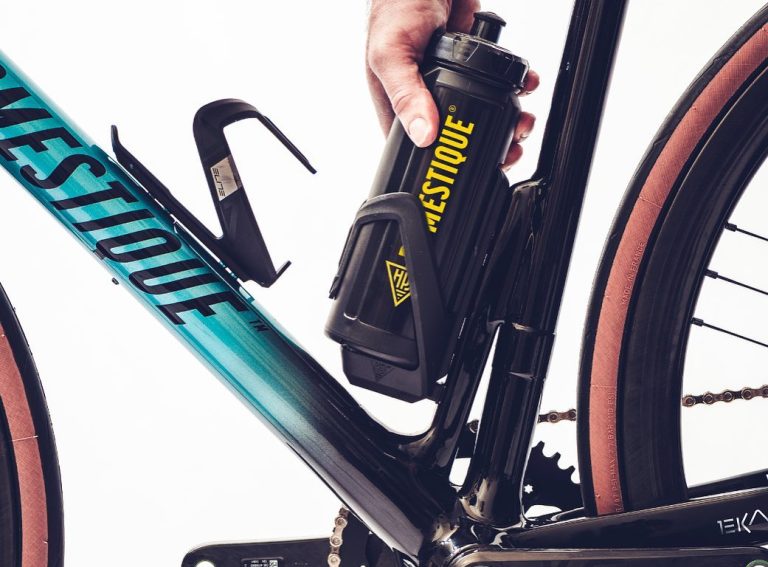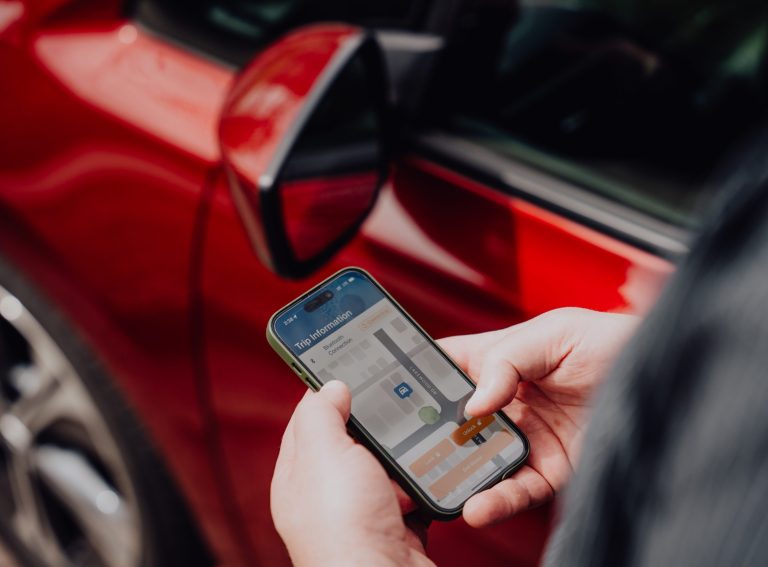Photo credit: Alex Ermakoff
Micromobility giant Lime has unveiled two new seated vehicle designs – the LimeGlider and LimeBike.
They are both designed to attract more riders to shared micromobility and expand the use cases Lime vehicles serve.
The LimeGlider, according to the operator, is “unlike any shared vehicle on the street today.” Featuring foot rests instead of pedals, the vehicle combines the seated comfort of a bike with the effortlessness of a scooter as riders can simply get on and go. The larger padded seat is unique in Lime’s fleet and is positioned closer to the ground to provide a lower centre of gravity for riders.

LimeBike is Lime’s latest e-bike design. The adjustable seat features a new ergonomic clamp design to make it easier for riders to change seat heights. It also features a throttle on the handlebars so riders can either pedal with electric assist or push down on the throttle to get moving.

Jason Parrish, Lime’s Senior Product Director for Hardware, told Zag: “This is the culmination of years of experimentation with third modes for Lime, including close to two years on these vehicles specifically.
“We’ve really worked hard to incorporate rider feedback into the design to make the LimeBike and LimeGlider feel more approachable and help riders feel more confident. We’re excited to learn from these pilots over the next few months about how these vehicles are used, by whom, and how they complement our existing Gen4 fleet. From there we’ll make decisions about their future and what other cities could be on the roadmap.”
The operator will pilot the LimeGlider in Seattle and the LimeBike in Atlanta and further intends to pilot both vehicles in Zurich later this Summer.
Both vehicles have smaller, 20-inch diameter wheels, a step through frame to make mounting and dismounting easier, and ergonomic hand grips to reduce fatigue. The front baskets on each vehicle are also wider to accommodate larger items when shopping or running errands.
Lime upgraded the on-board technology across both vehicles to improve location recognition. This quickens responsiveness in identifying location-based parking spots, as well as low-speed, restricted-access or no-parking zones.
Since Lime’s inception, riders have taken over 600 million rides, while traveling over 740 million miles, or more than one billion kilometers.



